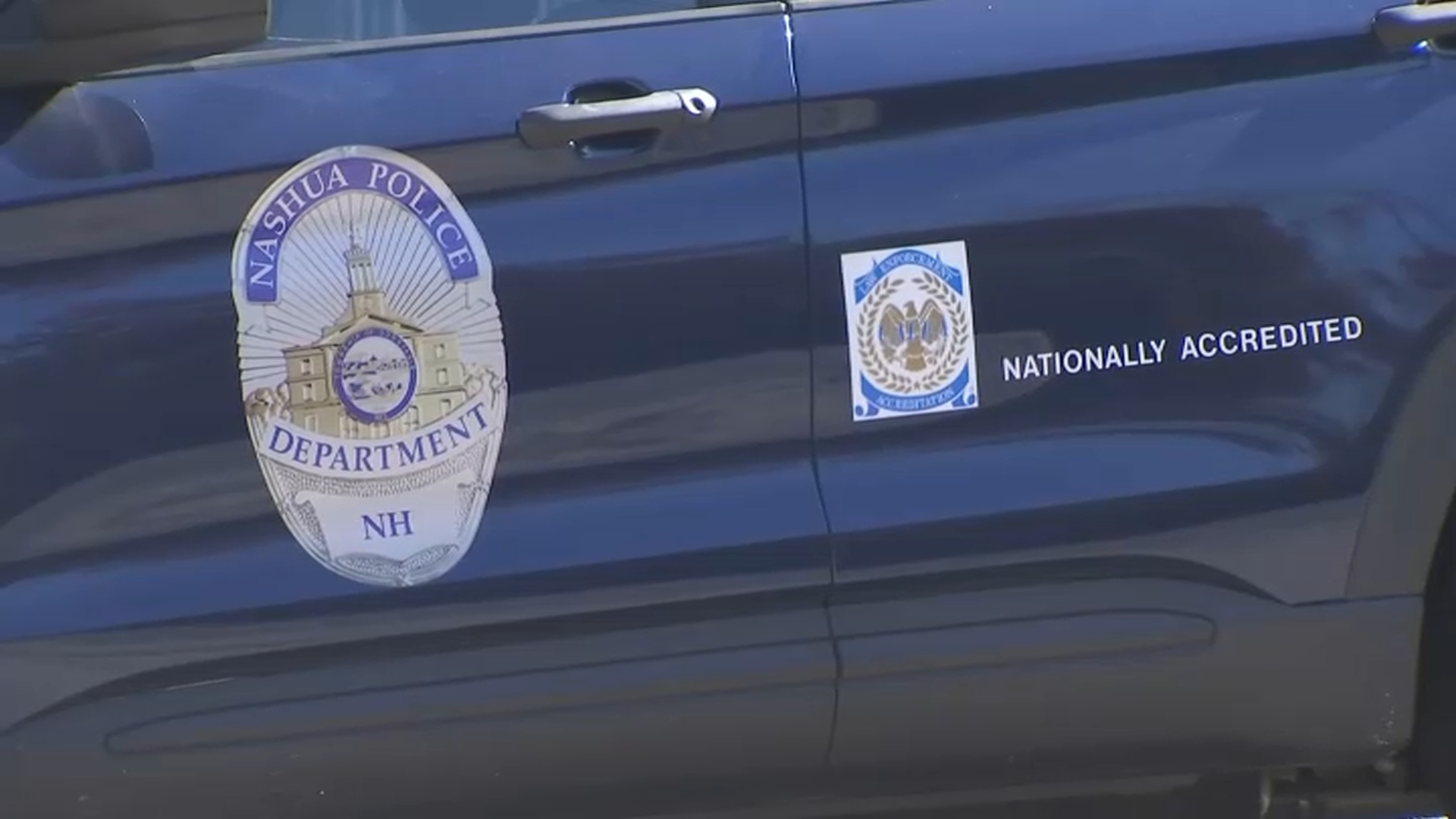Between the piercing wail of cellphones and wall to wall coverage on television, it’s hard to miss a tornado warning these days.
On Wednesday, a total of four tornado warnings were issued around New England: one for a storm in New Hampshire, one for Essex County in Massachusetts, and two for storms in Connecticut.
Funnel clouds were spotted in each of the states where warnings were issued, but as of Thursday morning, no official touchdowns have been reported.
Remember, a funnel is a spinning lowering from a cloud. Only when it touches the ground does it become a tornado.
A tornado warning is issued when that process is happening, or could happen soon.
If you think there have been more warnings in recent years, you’re not wrong. But why is that happening? It’s an interesting question.
For starters, technology has advanced quickly just in the last few years. Traditional doppler radars, scanning the sky for meteorologists across the country for decades, got a big upgrade.
The radars are now what we call "dual-pol," short for "dual polarization." That means instead of just scanning what’s falling from the sky in one direction, it’s scanning in two directions. That gives us a much better sense of what is falling from the sky or blowing through the air.
Local
In-depth news coverage of the Greater Boston Area.
For example, by using dual-pol products we can literally see if debris from a tornado gets lofted into the sky.
The bottom line: meteorologists have better tools to analyze storms in real time. That means we can issue warnings for more storms that, even just a few years ago, might have been missed.
The second big change in the last few years related to cellphones. Virtually everyone has one. And most of those are equipped with high quality cameras that can instantaneously relay reports to those issuing warnings. Again, with more eyes, more storms are getting warnings than just a few years ago.
This is also part of the reason there have been more confirmed, generally weak tornadoes in recent years. More cameras documenting damage.
So, while rare to have a day with four tornado warnings within 24 hours around New England, it’s becoming less and less rare.
Look back to June 18, 2018. At least six tornado warnings were issued around the region.
The year prior, in July 2017, more than a half dozen tornado warnings were issued in New Hampshire and Maine alone.
Of course, a tornado doesn’t touch down every time there is a warning, as Wednesday illustrates, but technology is allowing us to be better prepared and better document those storms that do end up touching down.



